PsychNewsDaily Publishers
100 Summit Drive
Burlington, MA, 01803
Telephone: (320) 349-2484
PsychNewsDaily Publishers
100 Summit Drive
Burlington, MA, 01803
Telephone: (320) 349-2484
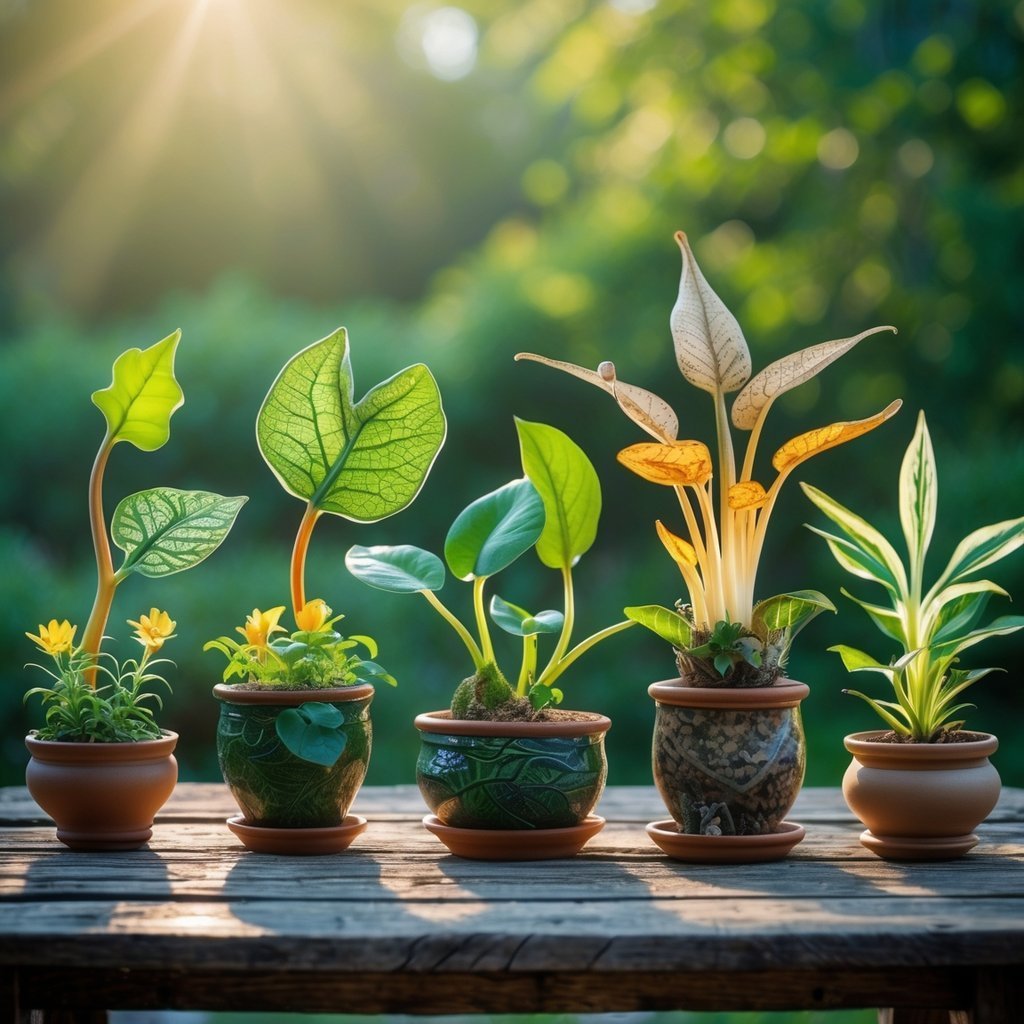
Some plant names just make you stop and wonder, don’t they? Sometimes, they sound downright weird or even a little silly. The names usually come from how the plant looks, where it grows, or old stories people have passed down.
When you dig into the reasons behind these names, plants suddenly feel a lot more intriguing. It’s as if you’re discovering a secret about nature.
Honestly, some of these plant names are wild, and the stories behind them are even better. Learning these tidbits can make your next garden stroll a lot more fun.
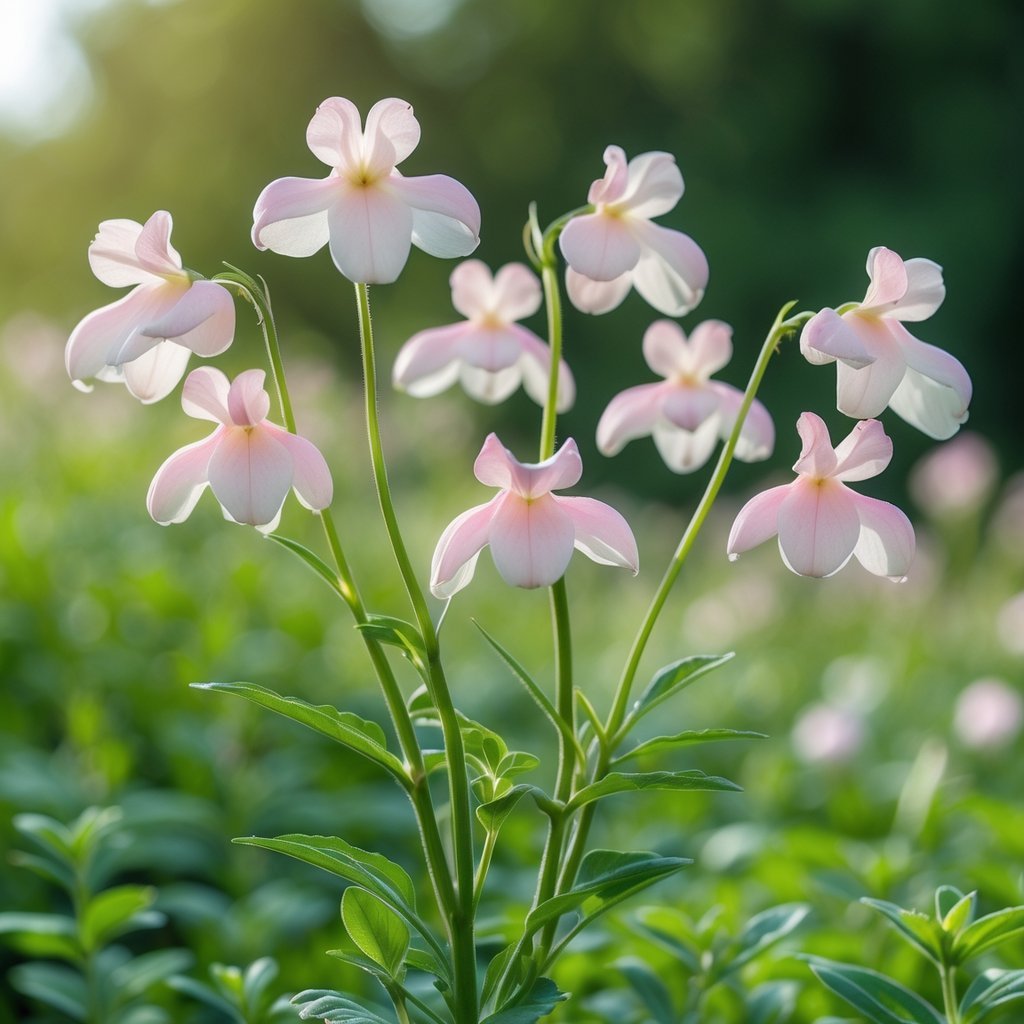
“Bouncing Bet” just sounds funny, doesn’t it? People named it after the way its flower petals seem to bounce, kind of like an old-time washerwoman scrubbing clothes.
Folks used to call it soapwort and actually made soap from the plant’s juice. The juice creates bubbles, which is pretty neat.
If you spot Bouncing Bet, you’ll see small pink or white flowers with five notched petals. Those petals curl back and really do look like they’re in motion.
It’s hard not to picture someone washing clothes by hand when you see this plant.
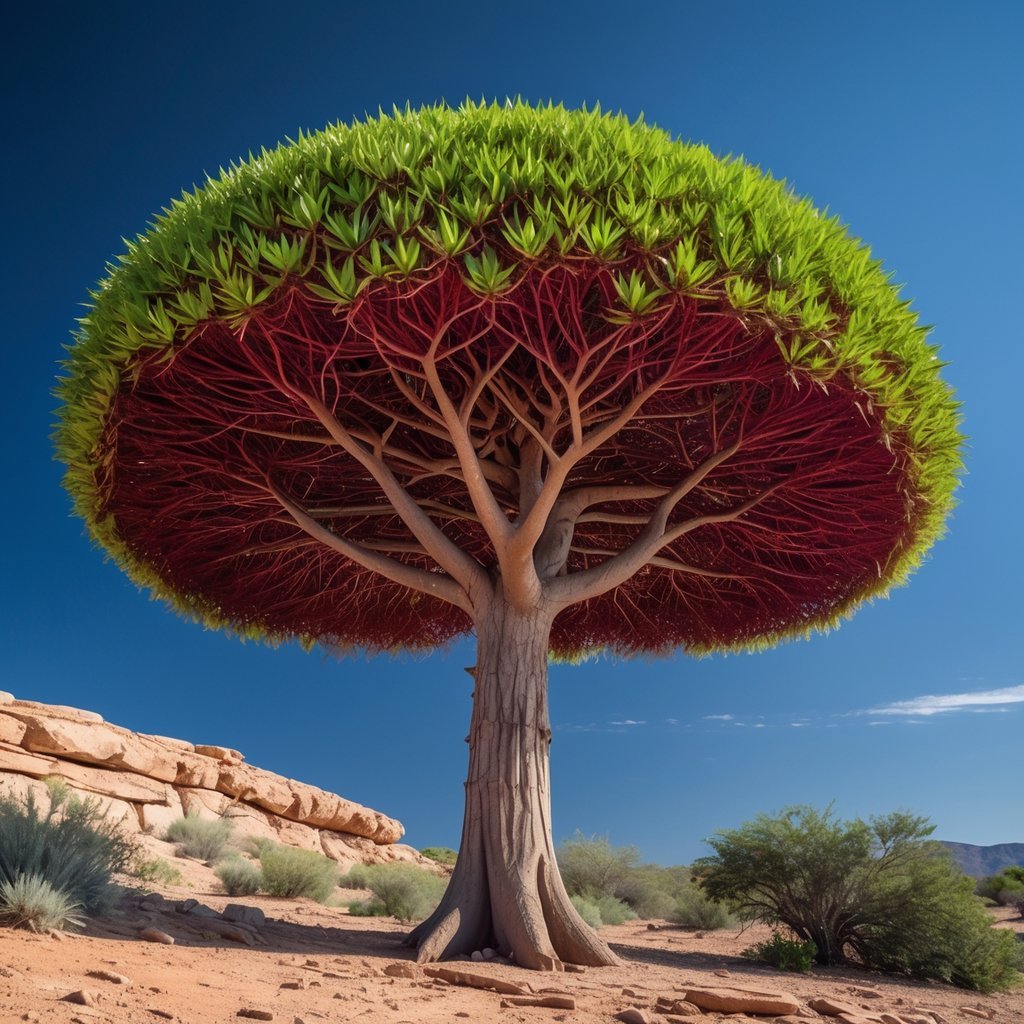
The Dragon’s Blood Tree stands out with its umbrella-shaped top. You’ll mostly find it on Socotra Island.
What really grabs your attention is the red sap. When someone cuts the bark, the tree leaks a thick, dark red liquid.
It looks almost exactly like blood. That’s where it gets its dramatic name.
People have used this sap for medicine and dye for centuries. The tree’s odd look and “bleeding” sap keep it mysterious and interesting.
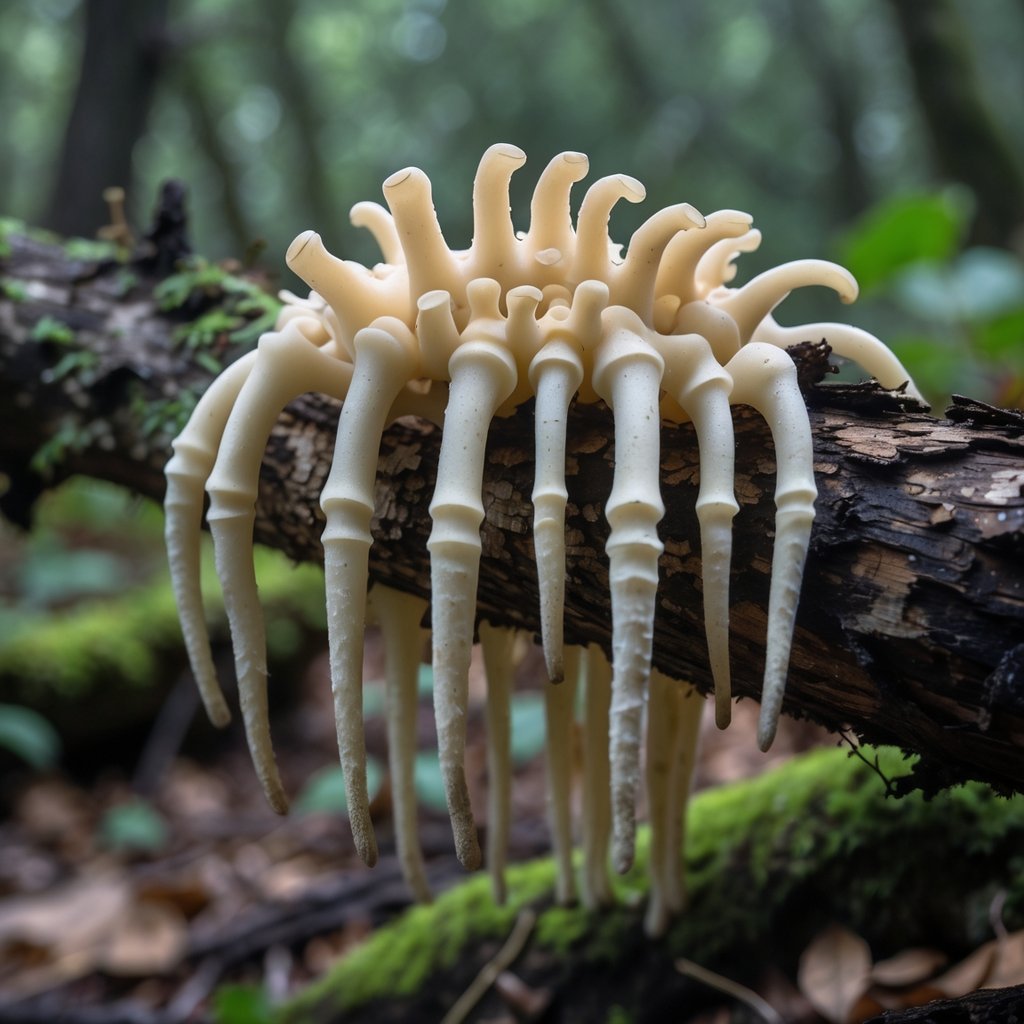
Dead Man’s Fingers pops up on dead wood, and it’s easy to see how it got its name. The fungus grows in pale, finger-like clumps that poke out of the ground.
At first, the “fingers” look pale, but they darken and get rough as they age. You can find them in spring or summer.
Even though they look spooky, you don’t need to worry about touching them.
The fungus is actually called Xylaria polymorpha. It breaks down old trees and helps recycle nutrients into the soil.
So, despite the creepy name, it’s just doing its job in the forest.
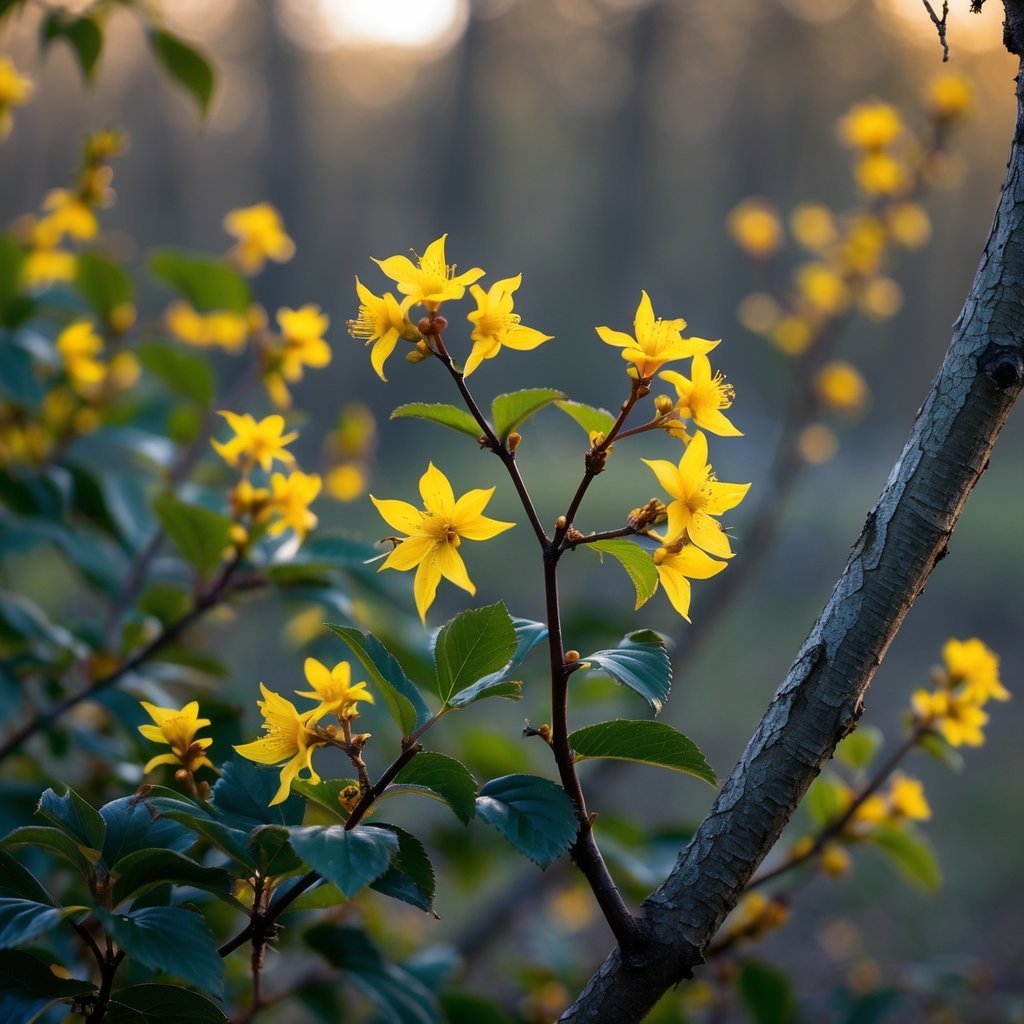
Witch hazel grows as a small tree with yellow flowers that bloom late in the year. You might recognize it from bottles in the drugstore—people use it for skin care because it tightens and soothes the skin.
Long ago, people relied on it for all sorts of folk remedies, from calming acne to easing bug bites.
In the past, folks used its forked branches as “witching sticks” to search for water or hidden things. Some believed it could protect them during rituals.
The “witch” part of the name actually comes from an old word for “bendable,” not from anything spooky. Still, it’s got a magical reputation that’s stuck around.
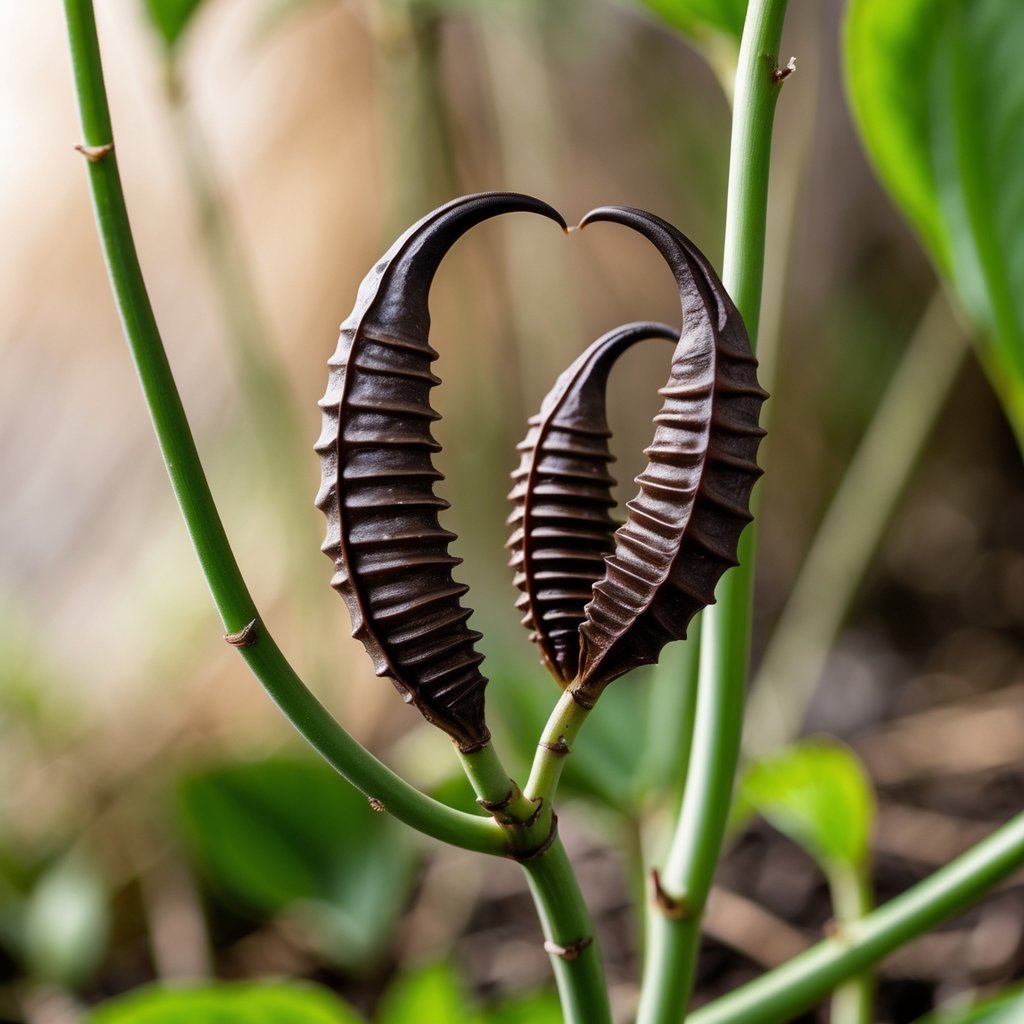
People call this plant Devil’s Claw because of its wild-looking seed pods. The pods have long, sharp hooks that look a lot like claws.
When animals walk by, the hooks grab onto their feet or fur. As the animals move, they crush the pods and spread the seeds.
This trick helps the plant pop up in new places. You’ll often spot Devil’s Claw as a tough plant with sticky leaves and pink flowers during the summer.
Some folks also call it “unicorn plant” or “ram’s horn” because of the pod’s shape. If you touch one, you’ll notice the stickiness and maybe catch a faint scent.
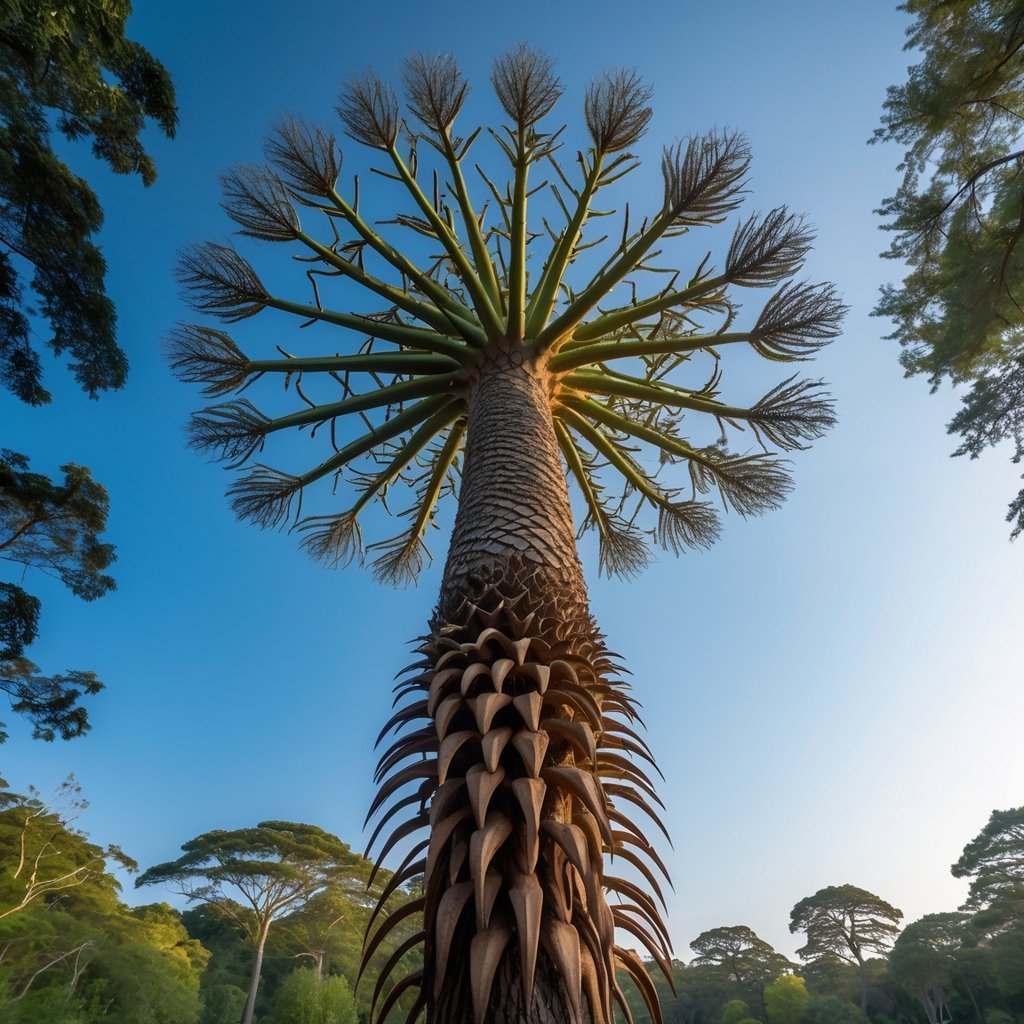
The Monkey Puzzle Tree just looks odd. When you see those thick, spiky branches, you can tell why early explorers said even a monkey would have trouble climbing it.
This tree can grow up to 40 meters tall and live for a thousand years or more. You’ll find it in the Andes Mountains of South America.
Its tough, spiraling leaves act like armor, keeping animals away. The Monkey Puzzle Tree isn’t just strange—it’s ancient, too, with roots going back millions of years.
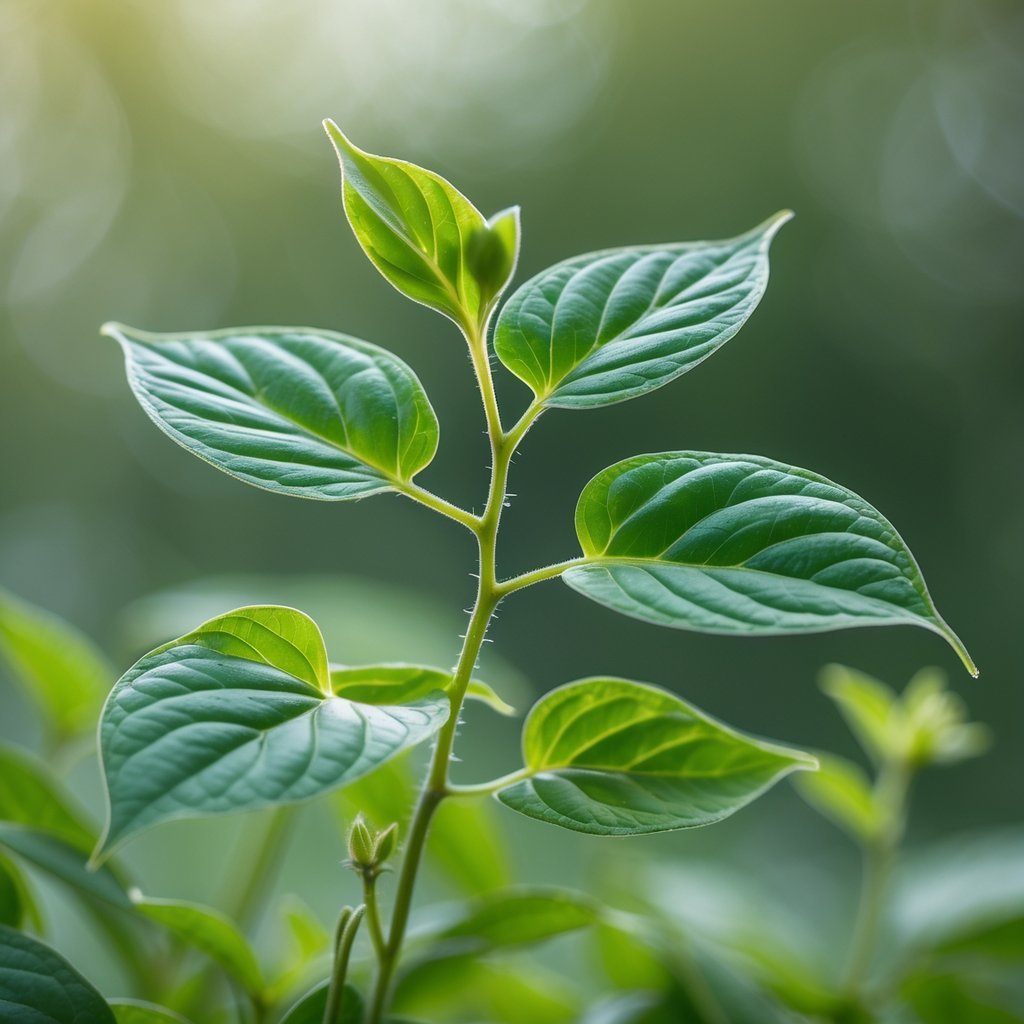
Touch a Sensitive Plant, and you’ll see its leaves snap shut and droop almost instantly. It really does look like the plant is bashful or maybe just a little jumpy.
But honestly, that’s just its way of fending off hungry animals. People often call it “touch-me-not” because of this quirky habit.
Tiny hairs on the leaves pick up on even the slightest touch. The plant closes up in just a few seconds—pretty amazing, right?
If you decide to grow one, you’ll probably find yourself poking at it just to watch the show. It likes things warm and humid, and you’ll want to give it well-draining soil.
The Sensitive Plant isn’t just another green thing in the garden—it’s a little oddball that keeps things interesting.